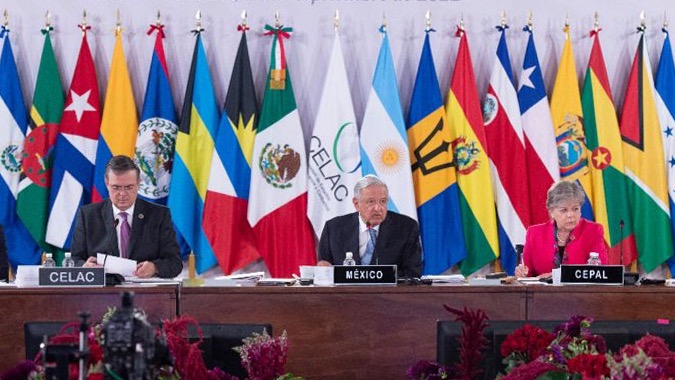The Transformative Power of Art: Empowering Marginalized Communities in South America
The arts possess an undeniable power to catalyze social change and uplift marginalized communities. This article explores the vital role of creative expression in addressing the complex social and economic challenges faced by communities across South America, highlighting its potential to foster empowerment, promote cultural preservation, and build stronger, more resilient societies.
South America, a continent rich in diverse cultures and artistic traditions, grapples with significant inequalities, including widespread poverty, social exclusion, and systemic injustices. These challenges disproportionately affect vulnerable populations, limiting access to resources, opportunities, and a voice in shaping their own destinies. Art, however, provides a powerful platform for these communities to express their experiences, challenge oppressive norms, and advocate for meaningful change.
Art-based community development initiatives are increasingly recognized as effective catalysts for positive social transformation. Through various artistic mediums, marginalized communities can articulate their struggles, aspirations, and visions for a better future. Murals adorning urban slums, for instance, not only beautify the environment but also instill a sense of community pride and ownership, transforming neglected spaces into vibrant expressions of collective identity.
Youth, often the most vulnerable members of society, are particularly empowered through arts programs. These initiatives provide safe spaces for self-expression, skill development, and the cultivation of crucial life skills. By channeling their creativity, young people can become agents of change, contributing to the revitalization of their communities and challenging the cycle of poverty and marginalization.
Beyond individual empowerment, art plays a crucial role in preserving and promoting indigenous cultures and traditions. Artistic practices serve as powerful vehicles for cultural transmission, ensuring that the rich heritage of South America's diverse communities is not lost but celebrated and passed on to future generations. By reclaiming their artistic heritage, marginalized communities reaffirm their cultural identity and foster a sense of belonging.
The transformative impact of art extends beyond individual and cultural empowerment. Art-based projects foster social inclusion by creating opportunities for collaboration and dialogue between different social groups. Through shared artistic experiences, communities can bridge divides, promote understanding, and build empathy, ultimately strengthening social cohesion and reducing prejudice.
Community theater productions, music festivals, and collaborative art installations create spaces for social interaction and collective participation, strengthening community bonds and fostering a sense of solidarity. These events not only provide entertainment but also build stronger social networks, reinforcing a sense of belonging and shared purpose among marginalized groups.
Moreover, the therapeutic benefits of creative expression are well-documented. Art provides a healthy outlet for self-expression and emotional release, helping individuals cope with trauma, stress, and anxiety. By providing avenues for emotional processing and healing, art contributes to improved mental health and overall well-being within communities.
Art-based initiatives can also contribute to sustainable development. Projects that focus on recycling and upcycling materials for artistic purposes not only promote environmental consciousness but also create economic opportunities within communities. This approach transforms waste into valuable resources, fostering environmental stewardship and economic empowerment simultaneously.
Furthermore, the development of artistic skills can pave the way for entrepreneurial opportunities. By transforming their creativity into viable businesses, individuals in marginalized communities can generate income, achieve financial independence, and contribute to the economic growth of their communities. This entrepreneurial spirit, fostered through artistic endeavors, empowers individuals and their communities.
The success of art-based community development relies heavily on collaboration and networking. By forging partnerships between artists, activists, community leaders, and organizations working towards social development, collective efforts are amplified, resulting in more impactful and sustainable change.
Investing in arts education and infrastructure is paramount to harnessing the full potential of art for social development. Providing access to quality arts education equips individuals with the skills and knowledge necessary to thrive creatively, fostering a vibrant and inclusive arts ecosystem.
To truly empower marginalized communities in South America, we must actively engage with and support local artistic initiatives. By promoting cross-cultural dialogue, investing in arts education, and fostering collaborations, we can collectively create a more just and equitable future for all.
Let us amplify the voices of marginalized communities through the transformative power of art. Share this article and join the movement to create a brighter future for South America.



